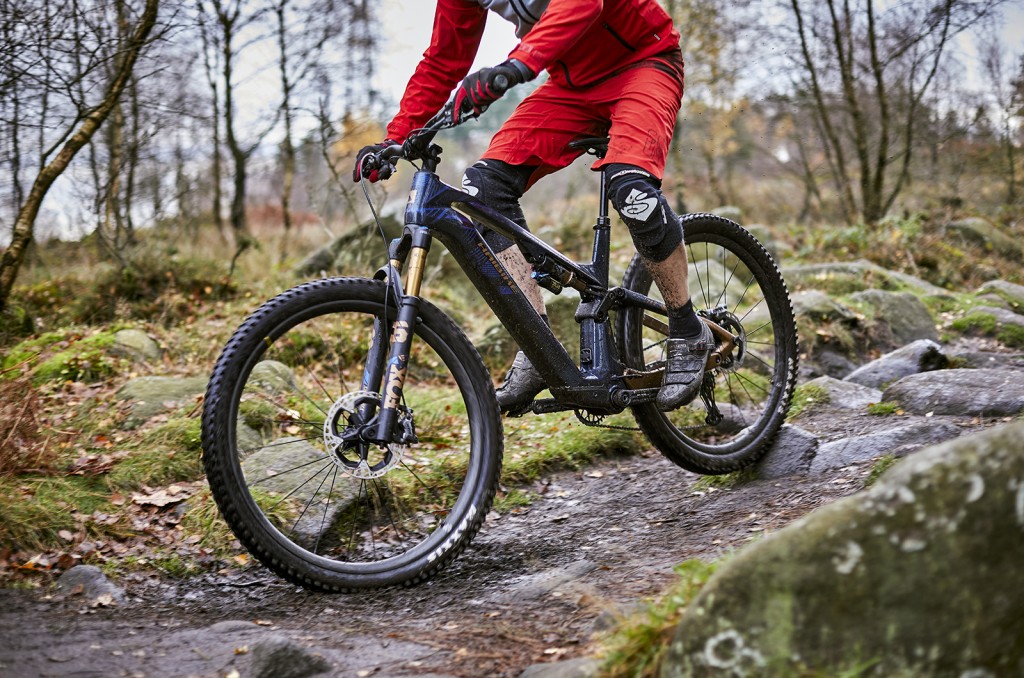Electric bikes, also known as e-bikes, have gained significant popularity over the years, offering an efficient, environmentally friendly means of transportation for many individuals worldwide. Given their unique blend of manual and electric propulsion, they raise some concerns that don’t typically exist with conventional bikes, such as their compatibility with varying weather conditions. Specifically, one question that e-bike owners and potential buyers often ask is whether it’s safe and feasible to ride an e-bike in the rain. In this comprehensive guide, we’ll delve into this topic, shedding light on how to safely navigate wet conditions on your e-bike, protect your e-bike’s electrical components, and manage your e-bike’s performance in the rain.
Safety Measures for Riding an E-bike in the Rain
Taking to the road when it’s raining can be intimidating for any cyclist, but with the right safety measures and precautions in place, riding an electric bike in the rain can be just as safe as riding in normal weather. Let’s explore some crucial factors to consider for a safe wet weather ride.
Visibility: Visibility is often reduced during rainy weather. Ensuring you’re visible to motorists and pedestrians is crucial. Opt for waterproof, reflective clothing and ensure your bike lights are in perfect working condition.
Speed: With slippery roads and reduced visibility, maintaining a slower speed and allowing for longer braking distance is essential. Be careful around corners, and always assume that roads will be more slippery than they appear.
Rain Gear: Investing in quality rain gear will make your ride more comfortable. Waterproof jackets, pants, and shoe covers will keep you dry and warm during a rain-soaked ride.
Understanding the Waterproof Rating of Your E-bike
Waterproof or water-resistance ratings on e-bikes are crucial information when considering their resilience against rainy conditions. E-bikes come with varying degrees of water resistance, typically indicated by an Ingress Protection (IP) rating, which determines the level of effectiveness the device has against intrusion from foreign bodies (including dust) and moisture.
IP ratings usually have two numbers – the first refers to the protection against solids, while the second pertains to the protection against liquids. For instance, an e-bike with an IP rating of IP65 is dust-tight and can resist water jets from any direction but isn’t suitable for immersion.
Ensure you understand your e-bike’s IP rating to know its limitations and capabilities when it comes to water exposure.
Protecting Your E-bike’s Electrical Components in the Rain
The electrical components of an e-bike, including the motor, display, battery, and controller, can be quite sensitive to water damage. Here are steps you can take to shield these crucial elements from the rain:
Waterproof Covers: Consider using waterproof covers for the display and battery. These are typically affordable and can provide an added layer of protection against the elements.
Routine Checks and Maintenance: Regularly inspect your e-bike’s electrical components for any signs of moisture or water damage. Should you find any signs of corrosion or damage, seek professional help.
Proper Storage: Always store your e-bike in a dry, cool place when not in use. Leaving it out in the rain or humid conditions could result in long-term damage.
Things to Avoid When Riding an E-bike in the Rain
Certain actions can increase the risk of damage to your e-bike or risk of injury when riding in the rain. Here’s what you should avoid:
Deep Puddles: Deep puddles can be deceptive and may contain hidden dangers like potholes. Avoid them if possible. They can also cause water to splash onto electrical components, increasing the risk of water damage.
Neglecting Post-Ride Care: Always dry off your e-bike after a rainy ride. Neglecting to do so can cause corrosion or other types of water damage over time.
Ignoring Tire Pressure: Tire pressure can significantly impact your bike’s handling, especially in wet conditions. Make sure your tires are appropriately inflated before setting off.
How Rain Can Affect Your E-bike’s Performance
Rain can significantly impact your e-bike’s overall performance, mostly affecting traction and braking distance. Wet conditions can reduce your tires’ grip on the road, requiring a longer braking distance and careful maneuvering around corners.
Moreover, continued exposure to rain and moisture can lead to corrosion, especially in the bike’s chain and gears. The e-bike’s electrical components, while designed to be somewhat weather-resistant, may also suffer in the long run if they’re constantly subjected to wet conditions.
Conclusion
Riding an e-bike in the rain is possible and can even be quite enjoyable, provided you take the necessary precautions to ensure your safety and the longevity of your e-bike. Being aware of your e-bike’s waterproof rating, taking measures to protect its electrical components, and avoiding risky behaviors can allow you to smoothly navigate through wet weather.
The importance of post-ride maintenance cannot be overstated. After riding in the rain, be sure to dry your e-bike off, inspect it for any grit or damage, and store it in a dry, secure location. This routine care and attention can significantly extend your e-bike’s lifespan, ensuring you many more enjoyable rides—rain or shine!
FAQ
Can I Ride My E-bike in Heavy Rain?
Heavy rain might pose a greater risk to your e-bike, especially if it’s exposed for extended periods. It’s generally safe to operate in light rain, but heavy rain could potentially cause damage to the electronic components. Always follow the manufacturer’s guidelines in terms of weather conditions.
Should I Cover My E-bike If I Get Caught in The Rain?
If you’re caught in the rain, covering your e-bike can help protect it from water damage. Covering the electronic components, such as the battery and controller, is particularly beneficial.
What Maintenance Should I Do After Riding My E-Bike in The Rain?
After riding in the rain, dry off your e-bike and check for any dirt or grit in the chain and gears, lubricating them if necessary. Check all electronics to ensure they’re functioning correctly and store your bike in a dry place.
 Shuangye ebike
Shuangye ebike

